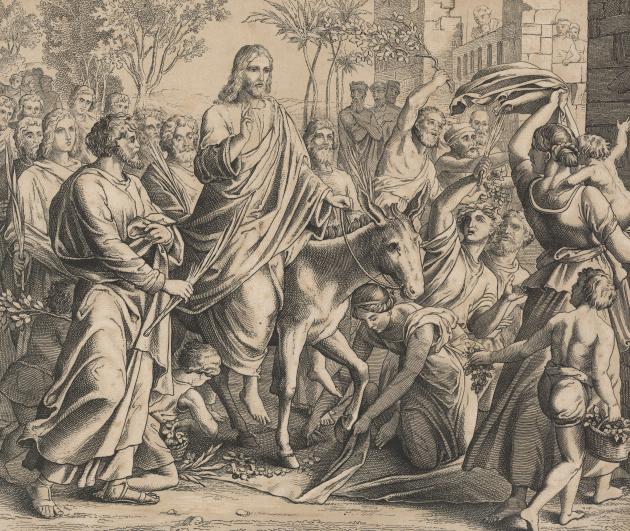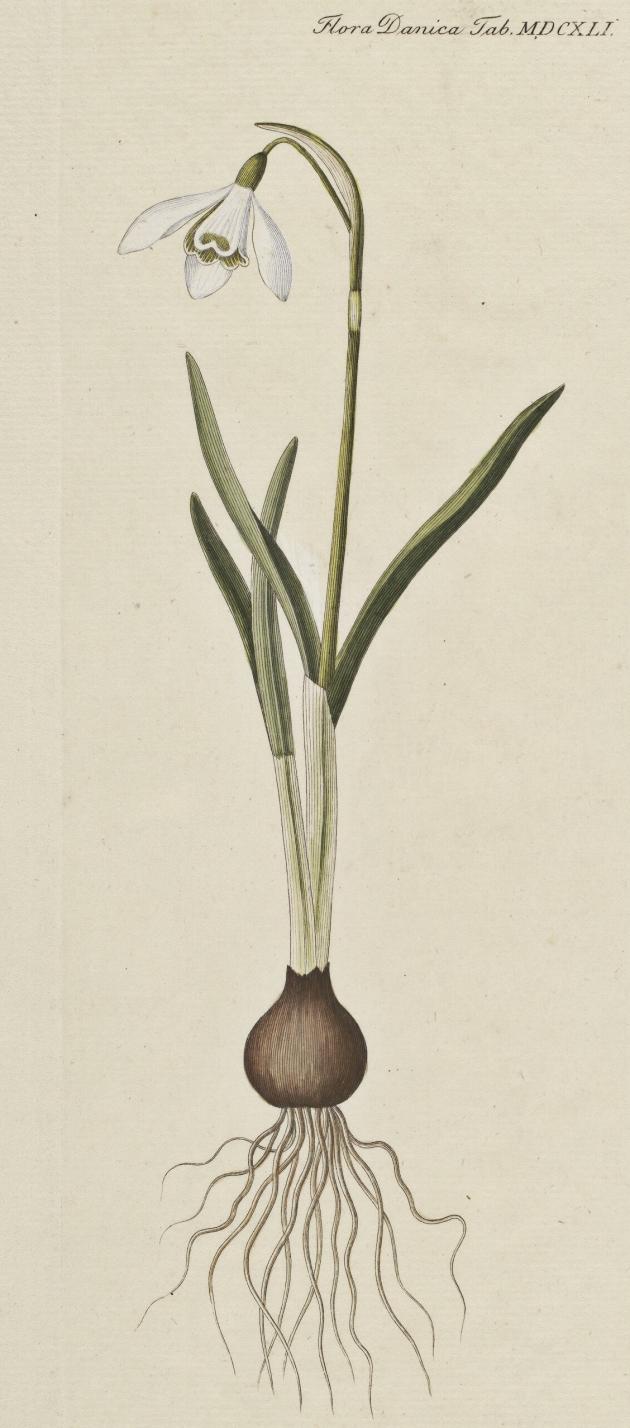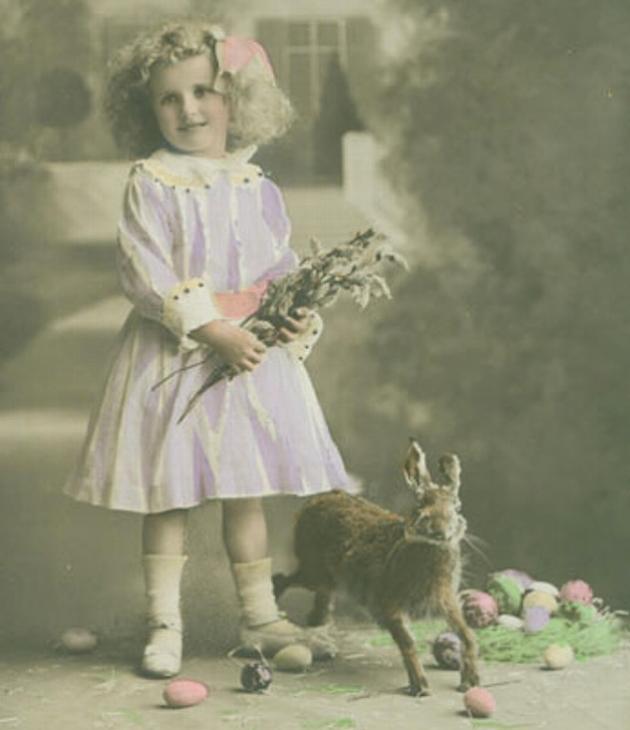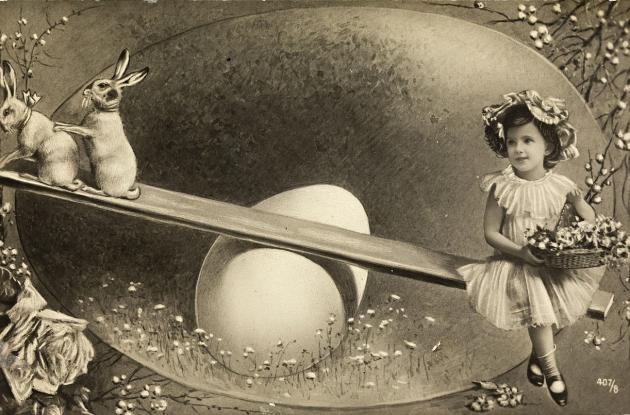Where do our Easter traditions come from?
We have collected three fun and quirky facts about Easter traditions in Denmark. Join us in the collections - here is definitely something you did not know about Easter.
First and foremost, we connect Easter with the celebration of Jesus and the coming of spring. But do you know why we also send 'gækkebreve' at Easter, or where the Easter bunny comes from? Or that Easter is not actually a Christian holiday at all?

Photo: Julius Veit Hans Schnorr von Carolsfeld
Easter is originally a Jewish celebration
Easter is the oldest Christian holiday. But Jewish people also celebrated Easter before the time of Jesus. In the Old Testament one can read that Passover marked the Israelites' liberation from Egypt.
Jesus' death and resurrection then took place during the Jewish Passover feast. For Christians, the Easter holidays have subsequently come to mark the events of the end of Jesus' life. What is called the story of Jesus' suffering.
The week of Easter itself begins with Palm Sunday, which was the day Jesus rode into Jerusalem on a donkey and was greeted with shouts of joy by crowds scattering palm branches on his way (hence the name of the day).
The term Maundy Thursday refers to the fact that Jesus washed the disciples' feet that day - 'maundy' is the Christian rite of foot washing. It was also the day when Jesus ate his last meal with the disciples in the evening, and where he stated that the bread and wine was his body and blood. In the Christian church, therefore, the institution of the sacrament is celebrated on this day.
On Good Friday, Jesus suffered death on the cross, after which he was laid in the tomb in the evening. If you follow the Danish flag rules, Dannebrog must be on half pole this day.
Sunday morning, Easter Day, Jesus' tomb was found empty, which is why in Christian countries this day commemorates the resurrection of Jesus.

Photo: Flora Danica
'Gækkebreve' originate from 17th century binding letters
An Easter tradition that is also used nowadays is 'gækkebreve', which can be loosely translated to 'misleading snowdrop letters'. Sending the letters is a custom that originated in Denmark. The predecessors of the the letters are the so-called binding letters, which go all the way back to 17th century Denmark.
The recipient of a binding letter had to guess the identity of the sender or solve a riddle that was in the letter. If successful, the sender had reward the guess with a small feast, a kiss or a desired gift.
However, the idea of the binding letter custom of giving something to the sender has only later been mixed with the custom of 'gækkebreve'. Originally, the letters served as a harbinger of spring. They were also about fooling someone.
The trick was to get someone to touch the snowdrop. To get one's victim to do it, one could store the snowdrop in their food, put it in their pocket or the like. Any means necessary.
If you were fooled in that way, you had to try to fool the person back. Of course, you could only do this if you knew who had fooled you, or if you could trick the other into touching the snowdrop as well.
Thus the binding letter was taken into use, as the riddle became an extra hint to finding out who was fooling you.
The Easter bunny came to Denmark from Germany
We got the Easter bunny from Germany. Until the 1920s, it was seen almost exclusively in Southern Jutland as well as on Langeland and the surrounding islands.
When it appeared in the early 20th century, it was primarily as decoration on cardboard Easter eggs or on Easter cards imported from the south. Today, the Easter bunny is most often seen in a chocolate version wrapped in colourful tinfoil.
For many children from southern Jutland, the Easter bunny has been a figure in line with Santa Claus. The Easter bunny came on Easter Saturday with finely decorated eggs, which it hid in various places in the garden. On Easter morning, the children then went on a treasure hunt to find the bunny's nest full of the beautiful eggs. They did not find the bunny itself, because it was easily frightened and was therefore long gone. The custom has now spread to several parts of the country.

Photo: Ophav ukendt
